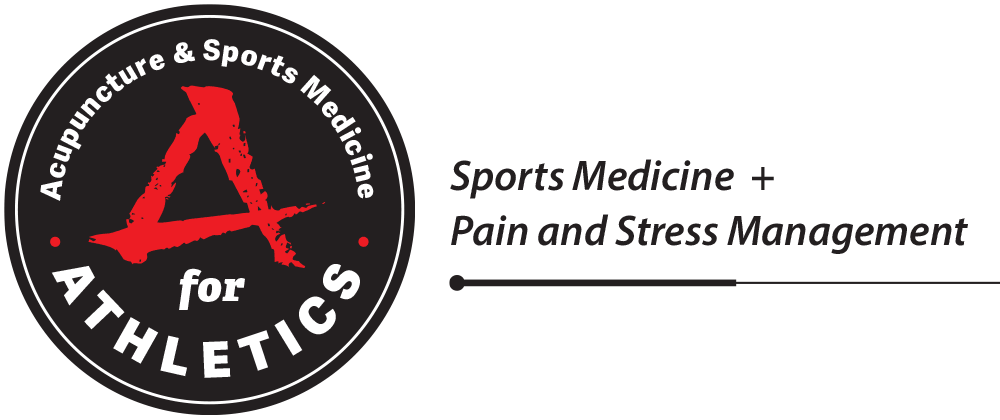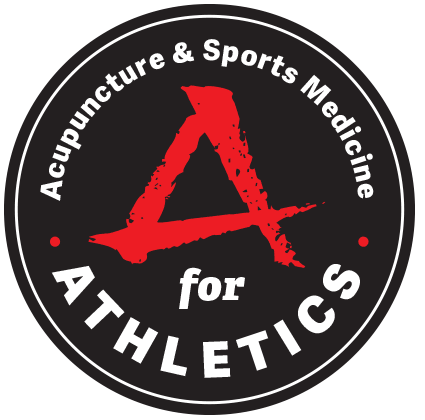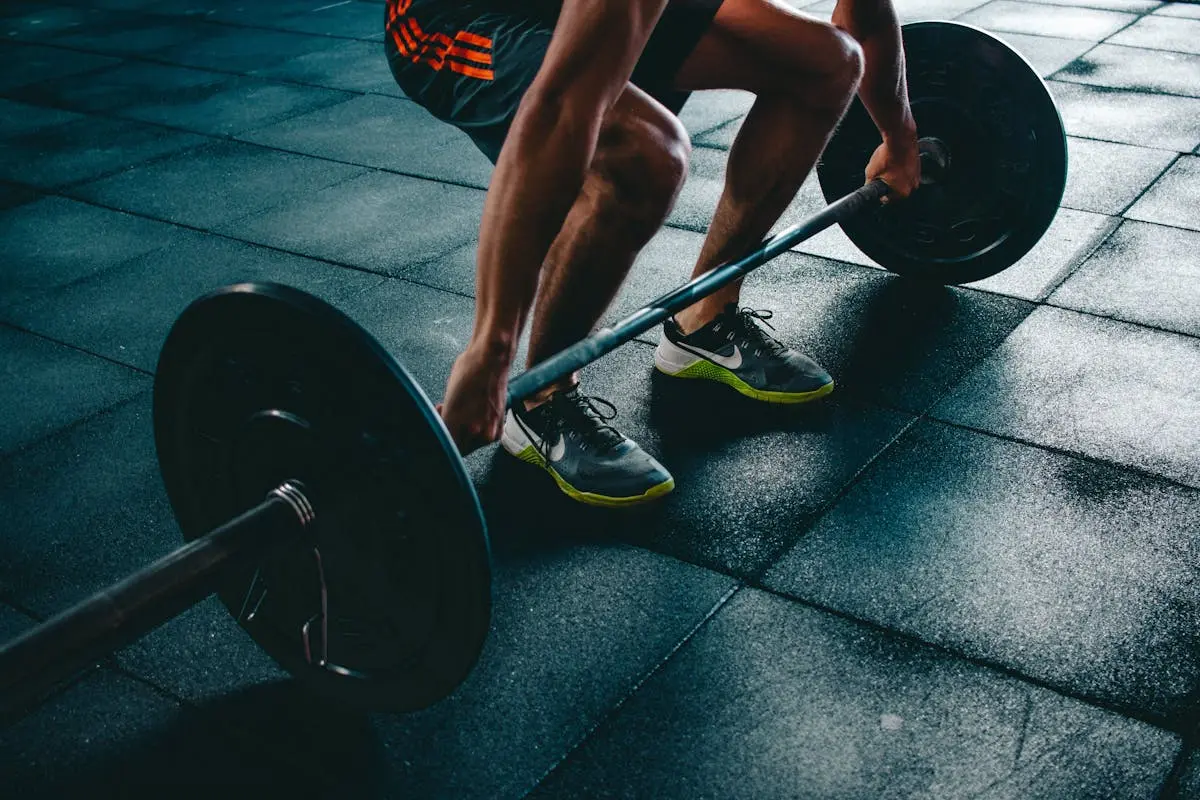Can Dry Needling Speed Up Recovery for Bay Area Athletes?
Bay Area athletes are always on the lookout for new and effective ways to enhance their recovery processes. One technique that is gaining popularity is dry needling. But what exactly is it, and can it really help athletes recover faster? Let’s dive into the world of dry needling and explore its potential benefits for recovery.
Understanding Dry Needling
Dry needling involves the use of thin needles to target muscle trigger points, aiming to alleviate pain and improve movement. This method might sound similar to acupuncture, but it is distinctly different in purpose and application. Whereas acupuncture is rooted in traditional Chinese medicine and focuses on energy pathways, dry needling is a part of Western medicine and is primarily aimed at treating musculoskeletal pain.
The process of dry needling stimulates the body’s nervous system and muscle tissues. This interaction increases blood circulation, which is crucial for transporting oxygen and nutrients to various parts of the body. When these crucial components are delivered efficiently, the muscle’s ability to recover is enhanced. In turn, athletes may experience reduced pain levels and improved flexibility and range of motion.
How Does Dry Needling Work?
By inserting needles into specific points, the process can release muscle tension, increase blood flow, and stimulate healing. When the needles are strategically placed, they trigger a local twitch response (LTR), which is a sort of muscle contraction. Research has shown that these LTRs are vital for decreasing muscle tightness and improving muscle function, setting the stage for faster recovery and pain relief.
A deeper look into dry needling reveals that the technique influences biochemical processes in the body. Upon insertion, there is a complex neurophysiological response, which means the nervous system reacts by activating healing processes. These include the release of neuropeptides and hormones such as endorphins, which are the body’s natural painkillers. This means that athletes might not only experience relief from physical pain but also a general sense of wellness and reduced stress.
Benefits for Athletes
Athletes often find dry needling beneficial in reducing muscle soreness, decreasing recovery time, and enhancing overall performance. Because athletes continually push their bodies to the limit, muscle strains and injuries can be common. By integrating dry needling into their routine, athletes might find their recovery time decreases significantly, allowing them to maintain consistency in training and competition.
In addition to accelerating recovery, dry needling can potentially improve athletic performance by optimizing muscle function. Well-recovered muscles are less likely to be injured in subsequent exercise sessions. Moreover, athletes have reported improved flexibility and strength after regular dry needling treatments, making it a versatile tool in the recovery arsenal. Such improvements could mean the difference in achieving a personal best or avoiding a long-standing injury.
For athletes looking to complement other treatments, dry needling can also be synergistic. When combined with physical therapy exercises, massage therapy, or stretching routines, the effects can be amplified, providing even greater relief and enhancements in performance.
Considerations and Precautions
While safe for most, athletes should consult professionals to ensure it’s the right fit, as individual responses may vary. This is especially important because the procedure may not be suitable for everyone. Factors such as underlying health conditions, needle phobia, or existing musculoskeletal issues need to be considered.
Before starting dry needling, one should discuss potential risks with a trained professional who can tailor the treatment to their unique needs. Ensuring that the practitioner holds a proper license and is experienced is critical in avoiding side effects such as skin irritation or discomfort.
Furthermore, following the procedure, it’s essential to monitor how the body reacts. Some individuals may experience mild soreness or fatigue post-session, which usually subsides quickly. Proper hydration and rest can aid in mitigating these effects, smoothing the transition back into regular training routines.
Is Dry Needling the Answer to Faster Recovery?
While dry needling shows promise as a recovery tool, it is important for athletes to consult with a healthcare professional to determine if it is suitable for their specific needs. For many, it can be a valuable addition to their recovery regimen, offering relief and improved performance.









